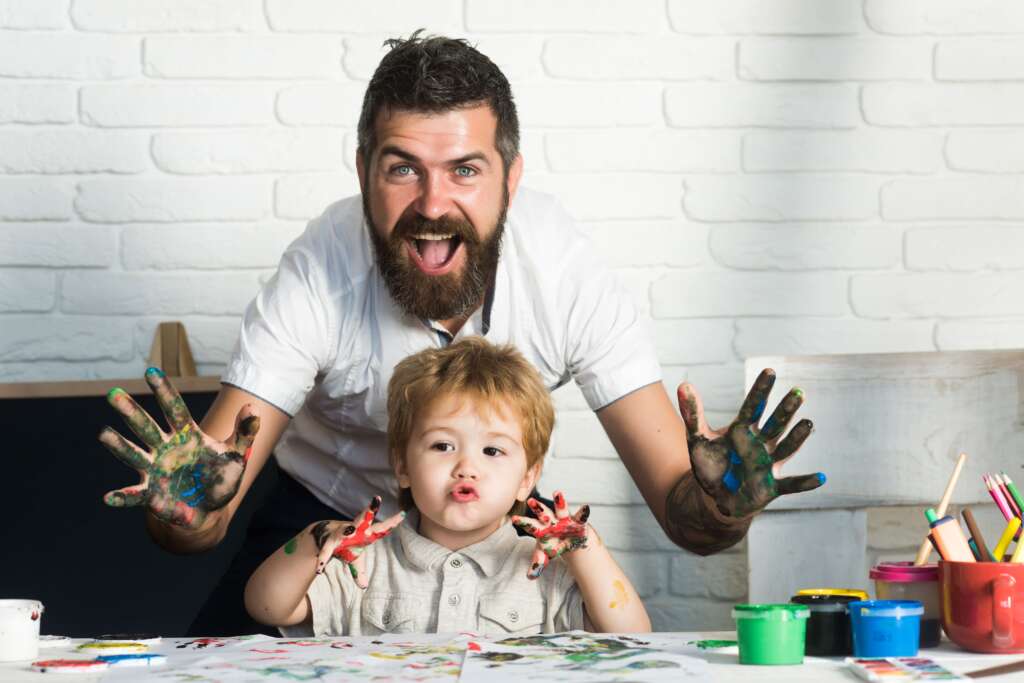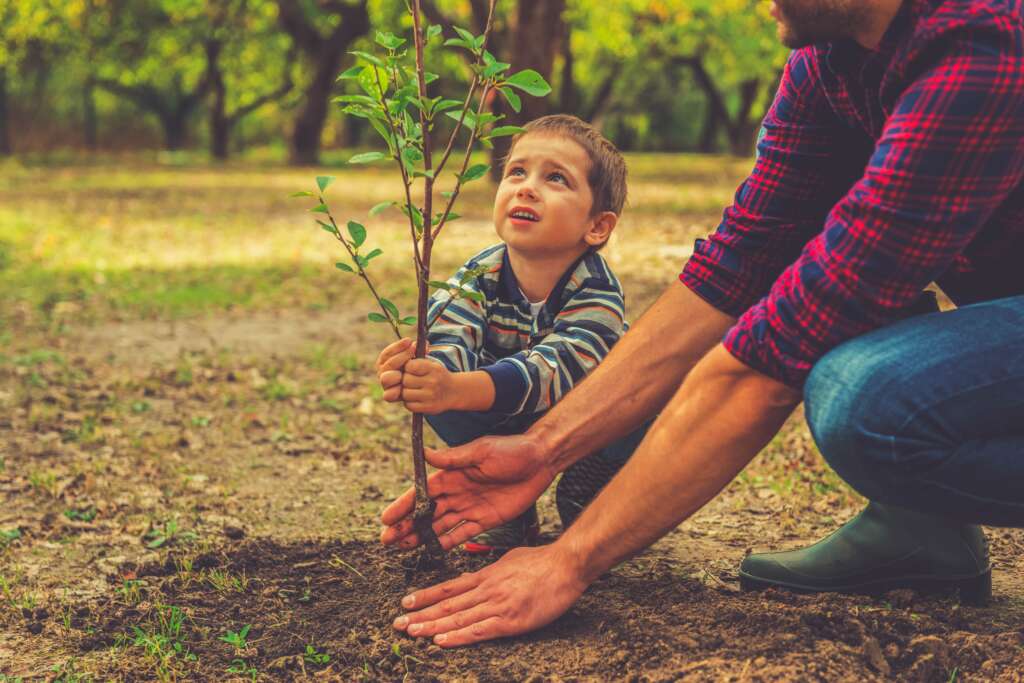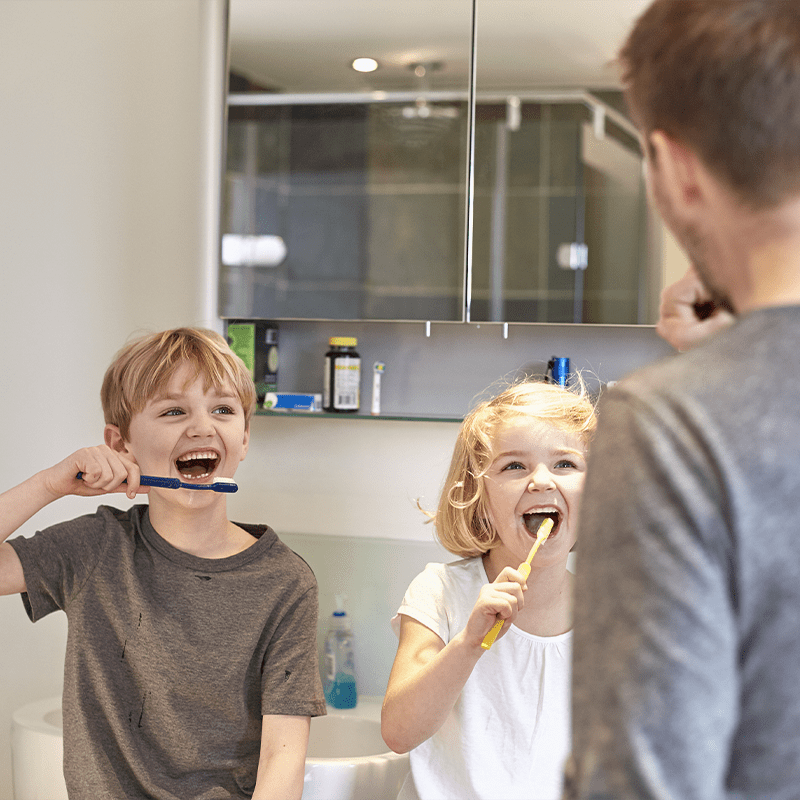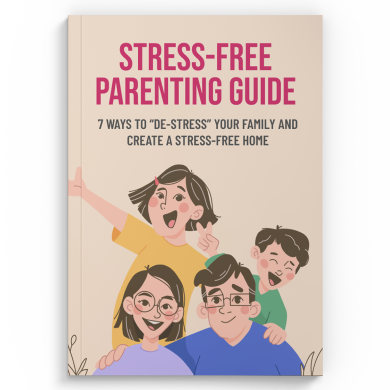Drawing from Dr. Maria Montessori’s own transition from medicine to teaching, Montessori parenting is blossoming in educational institutions and households alike.
Interesting, right? Along with her educational ideals, she infused her Catholic and Christian values into this method, which is now being widely adopted in private nurseries and schools.
Just recently, we’ve seen Montessori-style schools in our area expand up to the ninth grade, which means that now they cover the entire spectrum of primary education. This enables children to complete their entire foundational education within this innovative system.
Let’s take a moment to appreciate Maria Montessori, the pioneer behind this approach. She was among the first to emphasise the importance of respecting children. Yes, you heard it right – she believed in the dignity of even the tiniest of tots.
She brilliantly illustrated that even young children possess qualities often dismissed by adults – the ability to concentrate, and a sense of order. She built an entire educational system around this eye-opening revelation.
Now, some parents may wonder, “What if we don’t share these religious components?” And that’s a perfectly valid question.
The answer is simple – you don’t have to. In Slovenia, for example, many state-run nurseries that aren’t religiously affiliated adopt elements of Montessori. They’ve removed the religious aspects and utilise the parts of the program that greatly align with their official curriculum.
And guess what? It’s working wonderfully!
What does a typical Montessori exercise look like?

Well, here’s an example: “Put all the blue blocks into the box.” The size of the blocks doesn’t matter, just their colour. If the task is to move all the small blocks, the colour is irrelevant. The system works because the child is precisely guided.
They understand what’s expected of them, and what they need to do.
It would be a different story if we asked them to gather all the blocks that are warm colours, smaller in size, and have no rounded edges. That would complicate things a bit.
But, if I ask, “Which are the warm colours?”
The child says, “These and these.”
And I respond, “Alright, okay, move all the blocks of warm colours into the box.”
So, you see, it all flows smoothly when children are guided to tackle one specific task at a time. Even though clear instructions help, as caregivers, we need to see when tasks might be too much for them and make changes.
Freedom of Movement and Exploration of Environment

Two tenets you’ll always find associated with Montessori education are the freedom of movement and the freedom to explore the environment.
This is why the blocks are varied and arranged in different systems and locations. They are there, available for the child to pick up and use in their own way whenever they like.
I’ve personally observed a class in a Montessori school and I must admit, I was impressed.
Despite the ample freedom and autonomy, during the two hours I spent there, I didn’t notice a single instance of this freedom being overstepped.
Everything was at hand. Everything was available.
Exploration without constant interference, without the constant “No, be careful of this, be careful of that” – this is excellent for a child’s development. But indeed, the environment for such upbringing should be clean and uncluttered.
The first and most important condition must be freedom, appropriate for the child’s age. You need to ensure they don’t expose themselves to any danger, and that they don’t have access to anything they could swallow or similar.
For a small child, the matter is quite simple. If you’re wondering whether an object is appropriately sized or not, take a toilet paper roll.
If the object falls through, it’s dangerous. If there’s no chance the child could swallow it or harm themselves, it’s not. A remarkably simple measure.
Toys in Montessori Education

What will we use? Simple, natural materials and homemade toys you make yourself, all designed to boost your child’s skills.
How many of you have considered attaching a zipper to a piece of wood to teach the child the mechanics of zipping?
In Montessori, it’s typical to have buttons, screws, zippers, keys, locks, and similar things all around.
The toys are incredibly diverse and practical, and many can be made at home by parents who embrace this style of upbringing.
Another element is that the child feels in control of their immediate environment, and hence, their life.
This fundamentally means refraining from imposing tasks on them that are beyond their capabilities or too complex for them to tackle independently.
It also means having everything they need at hand, from toys and clothes to cleaning and tidying equipment.
So, if a child has toys in their room, these should be easily accessible and placed within their reach. Alternatively, there should be age-appropriate, safe tools that the child can safely use to retrieve their toy.
Well, here’s an example: “Put all the blue blocks into the box.” The size of the blocks doesn’t matter, just their colour. If the task is to move all the small blocks, the colour is irrelevant. The system works because the child is precisely guided.
They understand what’s expected of them, what they need to do.
It would be a different story if we asked them to gather all the blocks that are warm colours, smaller in size, and have no rounded edges. That would complicate things a bit.
But, if I ask, “Which are the warm colours?”
The child says, “These and these.”
And I respond, “Alright, okay, move all the blocks of warm colours into the box.”
So, you see, it all flows smoothly when children are guided to tackle one specific task at a time.
Experiential Learning for Kids

Another crucial component underpinning Montessori education is the concept that children should be gaining experiences, particularly those that engage all of their senses.
Our five senses are key tools for learning. Don’t forget about the sense of smell when exploring new things with your child.
This helps kids discern different smells. For example, can they tell a sweet from a sweet-sour scent? Or identify fruits and veggies just by their aroma?
Such activities make learning fun and beneficial to their development.
If you wanted to use these Montessori principles to demonstrate to your child just how much sugar is in a particular drink, let’s say Coke, you could look at the label on the bottle to find out how much sugar is inside.
Then, take a scale, place a bag on it, and pour in the amount of sugar listed on the label. You’ll see that it’s an incredible amount.
This realisation may make you reconsider, time and again, whether to give your child Coke or even whether to drink it yourself.
This method is effective, both for children and adults. When you see something first hand, experience it, smell it, or touch it, it’s completely different from someone telling you or reading about it somewhere.
I always advocate for such an approach, even if you’re not strictly following Montessori pedagogy.
I constantly emphasise: words don’t make the impact, experiences do. And Montessori education implements this brilliantly in practice.
Encouraging Order and Independence from an Early Age

Imagine a teenager with a tidy room. Surprising? With the Montessori method, it’s expected. Here’s the idea: order in the mind translates to order in the room. Maria Montessori, the method’s creator, believed that keeping things orderly outside helps nurture order within. Simple, but powerful.
So, we gently nudge our teens. We ask for a tidy room at least once a week. It might go messy again, but it’s part of the process. There’s a tipping point where mental calmness begins to shape their surroundings.
Picture a Montessori home. Tiny buckets, small brooms, miniature kitchens. Even vacuums that look like toys but clean like champs! Real-world tasks are introduced from an early age. When they’re ready, these tasks blend into regular cleaning. This way, we are raising independent children.
Here, children learn by doing, at their own pace. Parents are there for guidance, but the child leads. It’s about owning their experiences.
We start young in Montessori homes. Self-care habits like blowing their nose, brushing their teeth, choosing outfits, getting dressed, taking showers are introduced early on. Montessori parenting helps children become self-reliant in taking care of themselves at a young age.
So, in essence, a child is given the tools to independently navigate their world from a very young age.
So, Montessori education – yes or no?
To ensure that children can genuinely learn from their own experiences, as emphasised in Montessori education and as we have been discussing, it is imperative to grant them the opportunity to embrace failure and learn from it.
I will give you a couple of great reasons why you should allow kids to experience failure.
When we step back and resist the urge to interfere, scrutinise, or criticise their every move, children become more eager to try new things. They gain confidence and learn from their own experiments.
Kids are enthusiastic seekers of knowledge and skills. They have an insatiable appetite for discovery, driven by their own genuine desire to learn. Allowing them to explore freely nurtures their natural curiosity and thirst for learning.
Children are ingenious problem solvers. They want to figure out the most effective ways of doing things. By experiencing failure, they gain valuable insights into what doesn’t work, pushing them to explore alternative approaches and discover what truly does.
Children are naturally motivated by challenges and difficult tasks. These obstacles ignite their determination, fuel their growth, and inspire them to overcome hurdles along their learning journey.
Montessori education is a natural process guided by the child, where learning is not acquired by simply listening to words, but through meaningful experiences in their environment.
It is a method that you can confidently embrace. Depending on your values and beliefs, you can incorporate religious aspects or not. You can choose private or public schools.
Implementing Montessori principles at home is not overwhelmingly complicated either. And it works well. Why does it work well? Because it is timeless. When you have a 12-year-old child, their involvement is just as meaningful as it is for a five-year-old.
Let me explain with an example – imagine I have taught my children the safety measures for mowing the lawn and they have access to the lawnmower. When the grass grows tall, they take the initiative and say, “Hey, I’m starting to mow. Will you come with me?”
They confidently mow the grass, and that’s it. This independence and self-initiative stem from creating a safe environment that allows the child to learn through their own experiences.
It starts with small tasks in their room, gradually building their confidence and showing them that they are capable. Once they can handle the small things, they realise they can handle the big things too.
So, Montessori education emphasises these principles of self-initiative, independence, and engagement. However, it’s important to note that you can foster these qualities in your child even without following Montessori education.
The key is to motivate children internally and guide them in the right way.
If you’re interested in learning more about tackling the challenges of parenting with confidence I recommend checking out my Ultimate Parenting Checklist. It’s a valuable resource for parents seeking guidance in this area.
Wishing you patience, as you navigate the wonderful world of parenting.
Kind regards,
Marko Juhant




